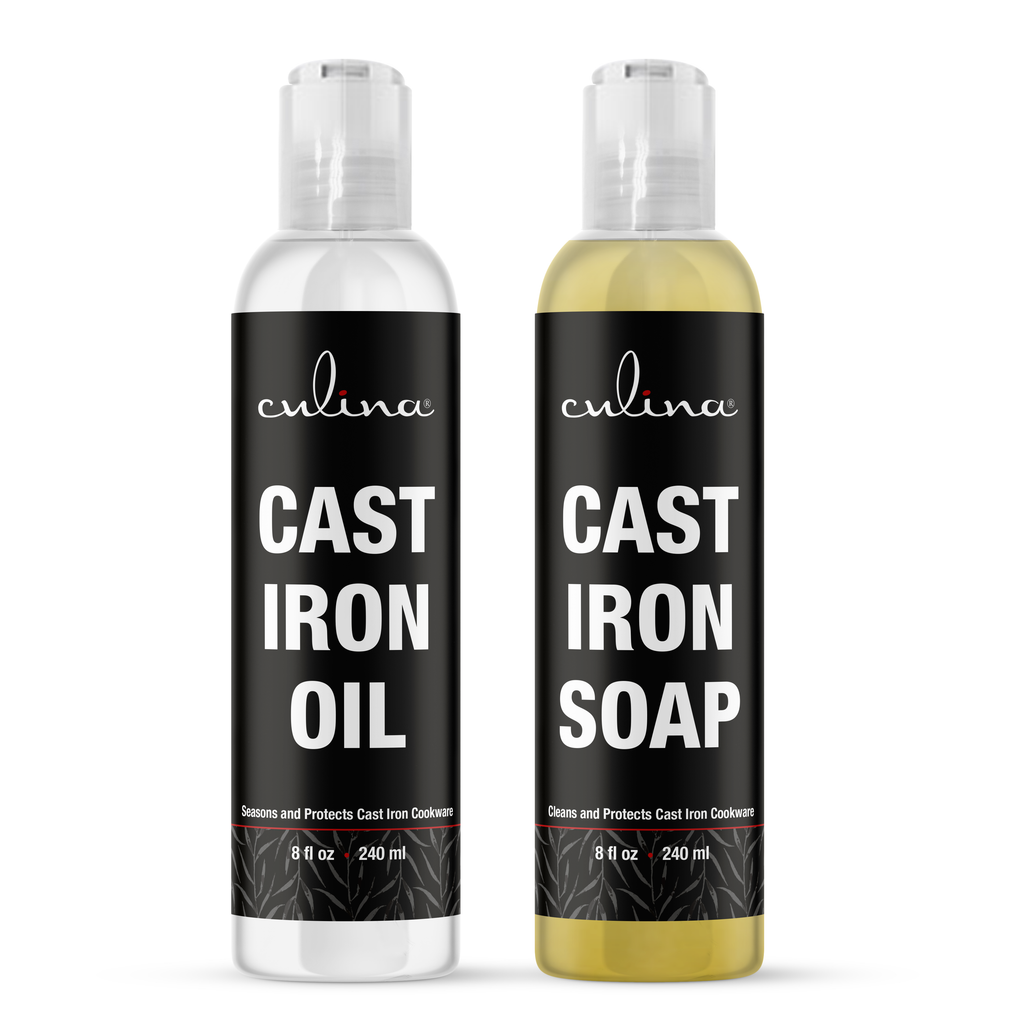What Cooking Oil Has the Highest Smoke Point for Cooking?
When it comes to choosing the right cooking oil, one crucial factor to consider is the oil's smoke point. The smoke point is the temperature at which oil begins to smoke and degrade, releasing harmful compounds. For beauty professionals and home cooks alike, using oils with a high smoke point is essential for safely preparing food.
But, what cooking oil has the highest smoke point? This comprehensive guide will reveal the oils best suited for high-heat cooking, as well as their benefits for both culinary and beauty applications.

The Importance of Smoke Points
Understanding smoke points is vital, especially for beauticians and those interested in health and wellness. Cooking oils that reach their smoke point can produce free radicals, which can negatively affect our skin and overall well-being. Choosing the right oil can enhance not just your meals but also your beauty regimen.
Top Cooking Oils and Their Smoke Points
Heres a breakdown of some commonly used cooking oils and their respective smoke points:
- Avocado Oil: 520F (271C)
- Canola Oil: 400F (204C)
- Grapeseed Oil: 420F (216C)
- Olive Oil: Extra virgin - 375-420F (190-216C); Regular - 465F (240C)
- Sunflower Oil: 440F (227C)
- Safflower Oil: 450F (232C)
For beauticians, its imperative to recognize that oils with high smoke points not only sustain their integrity during cooking but can also provide nourishment to the skin when used in beauty recipes.

Why High Smoke Point Matters in Cooking
Cooking with oils that have a higher smoke point allows you to cook at greater temperatures without compromising their quality. This is particularly essential for techniques like frying, sauting, and searing. For instance, using avocado oil or safflower oil helps achieve perfectly cooked dishes without the risk of burning oil, which can produce acrid flavors and unwanted toxins.
Applications in Beauty
High smoke point oils have found their way into beauty regimens as well. Oils like grapeseed and avocado offer moisturizing properties that can benefit the skin. Incorporating them into DIY beauty products or using them for cooking can provide dual benefits.
For more insights into healthy oils, check out this article on healthy cooking oils.

Choosing the Right Oil for Your Needs
When selecting an oil, consider not only the smoke point but also the flavor profile and nutritional benefits. For instance, olive oil is excellent for dressings and low-heat cooking but may not be the ideal choice for frying. In contrast, light olive oil or avocado oil can withstand higher temperatures.
Health Implications
Using oils with a high smoke point can also contribute to a healthier lifestyle. These oils tend to contain higher quantities of monounsaturated fats, which are beneficial for heart health. Understanding why vegetable oil can be detrimental can also help you make informed decisions.
For further information on why certain oils can be harmful, read more about vegetable oils.

How to Properly Store Cooking Oils
Proper storage of cooking oils is crucial to maintain their quality and longevity. Store oils in a cool, dark place, and preferably in opaque containers to prevent light exposure. Additionally, regularly check for signs of rancidity, such as off odors, which can compromise their flavor and nutritional value.
For those wondering about the best way to dispose of used oil, please visit disposal tips.
Benefits for Skin and Hair
Beyond culinary uses, many of these oils can provide significant benefits to skin and hair health. Regular use of oils like avocado and grapeseed can lead to improved hydration and elasticity.
Incorporating these oils into your everyday beauty routine can elevate your skin regimen, making it crucial for beauticians to understand the properties and heat tolerance of these oils.
Frequently Asked Questions
1. What is the optimal cooking temperature for oils?
The optimal cooking temperature varies by oil. Oils like avocado can withstand higher temperatures, while olive oil is better suited for medium-heat cooking.
2. Can I use cooking oils on my skin?
Yes, many cooking oils, such as grapeseed and avocado oil, can be beneficial for skin and hair. However, always perform a patch test to avoid allergic reactions.
3. What can I substitute for vegetable oil?
You can substitute canola, avocado, or coconut oil for vegetable oil in various recipes. Check our guide on substitutes.
Final Thoughts
Choosing the right cooking oil can positively affect both your meals and your beauty treatments. Oils with high smoke points not only offer culinary versatility but also sustainability in health and skincare. Knowing what cooking oil has the highest smoke point can empower you to make informed choices, enhancing both your kitchen and beauty cabinet.
Want more tips on cleaning a commercial kitchen thoroughly? Explore this comprehensive guide on clean commercial kitchens.
As an Amazon Associate, I earn from qualifying purchases.

